I have had several conversations with some of my clients lately about collaboration with other Artists. There are so many kinds of collaboration that, as an Artist, are available to us. We can collaborate on projects, on shows, on productions, on particular works, on goals, etc. The list is endless.
Let me just start by saying that I know that collaboration isn’t for every Artist. Creating is, for many artists, a very personal thing. Many Artists find it difficult to share the process of creating with others. However, for those who can work together with others it can be a really powerful experience. If you have never tried it then there might be some surprises in store that make it worth the efforts.
There are so many benefits to collaboration such as learning from one another, expanding our creativity, experimenting and taking risks, the exchange of new insights and ideas, reaching a wider more diverse audience, etc. When you put any two or more artists together there is an outrageous amount of creativity that is available.
Collaborations may be interdisciplinary (visual artist and a writer, a photographer and a musician, a dancer and a poet, etc.) or between Artists in the same disciplines such as painters and painters and musicians and musicians. It can be two artists or a group of artists.
When engaging in collaboration there are things that need to be considered and ways to go about it that can have it go smoothly. Here are some suggestions for setting up a collaborative effort and for having it be successful:
- Find the right partner/s – Someone who will stick through to the end, someone who is open, someone who shares similar core values, someone whose work compliments yours but is different than yours (remember that one of the joys of collaboration is the differences that you can both learn from and grow from)
- Leave your ego at the door – One of the first things to deal with is, of course, our egos … we need to put those aside in order to have any form of collaboration turn out.
- Make sure you mutually agree to collaborate – This is a commitment and not an instant process. Then remember at all times that you agreed to this.
- Be very clear about and agree to the overall goals – Create them together and agree on the specific purpose.
- Be very clear about the processes – How long will it take? How will you get there? How will decisions be made? Let each other know what your preferences are and what the deal breakers are. Put structures in place so that you can stay on track and measure your results.
- Establish the logistics – How you will meet? How you will work? How you will communicate information?, etc.
- Assign duties and roles – Specify what each of you will do (really think this out so that you are clear up front).
- Think Mutual, Mutual, Mutual – Set it up such that each person in the collaboration puts in Mutual Effort and, in the end, receives Mutual Credit and Exposure.
- Be clear that you each have Equal say – The artists’ involved need to be able to understand that they are working towards a common goal – this is an interdependent game – each person collaborating is dependent on the other/s to succeed. This is NOT a game of domination or a competition.
- Each be willing to let go – Particularly of lower priority personal preferences in order to accomplish the higher priority overall goal together.
- Appreciate, respect, listen to and acknowledge – This applies to each of those collaborating with you.
- Keep communication open – Listen to the commitment behind the words, explain without defending, be willing to say what you need to say in a way it can be heard and keep your ultimate goal in the forefront.
- Work in collaboration – be willing to lend a hand and do your part – each contribution is unique and contributes to the whole.
- Work at understanding each other – This includes your different skills/ expertise, experience, work habits, knowledge levels, etc.
- Agree up from how you will disagree and resolve disagreements – Because more than likely you will at some point along the way.
- Create a safe space – Particularly for mistakes and possibly even failure.
- Encourage feedback along the way – Remember that feedback is distinct from criticism both when you are delivering it and when you are receiving it. Feedback can be a very positive part of any learning experience.
- Complete it powerfully – At the end of the collaboration allow time to review and reflect on both the challenges and the successes so that each of you can incorporate changes into future collaborations.
Collaborations are abundant in the Performing Arts. Musicians, Singers and people in dance, theater and film constantly prove that more can be accomplished in collaboration than most (even very talented Artists) can achieve on their own. Just by the nature of film, dance and theater … they are collaborative. There is so much that can be learned from artists who have created a life from collaboration.
In the Visual Arts there have been some amazing collaborations to learn from also such as: Pablo Picasso and George Braque, Andy Warhol and Jean-Michel Basquiat, Robert Rauschenberg and Jean Tinguely and with Jasper Johns, Lee Krasner and Jackson Pollack, Mark Rothko and Philip Johnson, Luis Buñuel and Salvador Dalí, Chuck Close and Philip Glass, and Man Ray and Lee Miller (and let’s not forget the whole Dada movement).
If you have never done any form of collaborative work you can jump on in deep or start in a smaller or easier way. Perhaps you can try collaborating on producing a group show where you each bring your individual work to the table together around a central theme or you can create a project together to serve a particular interest. Perhaps you can even use the advantage of working on-line as a way to create collaborations across the globe. It all begins with sharing your ideas, getting out and talking to other artists and making connections.
Collaboration may not be about making masterpieces (& it may) … it may simply be an incredible access to breaking apart old patterns and creating new ground. The unpredictability of it could be the most exciting part. It can be treated as an amazing adventure or an exploration.
Have you ever collaborated with other Artists?
I would love to hear your thoughts whether you have or not and would love to hear from any of you about great collaborative experiences you may have had and what you gained from it.
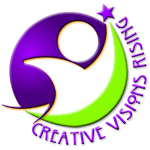

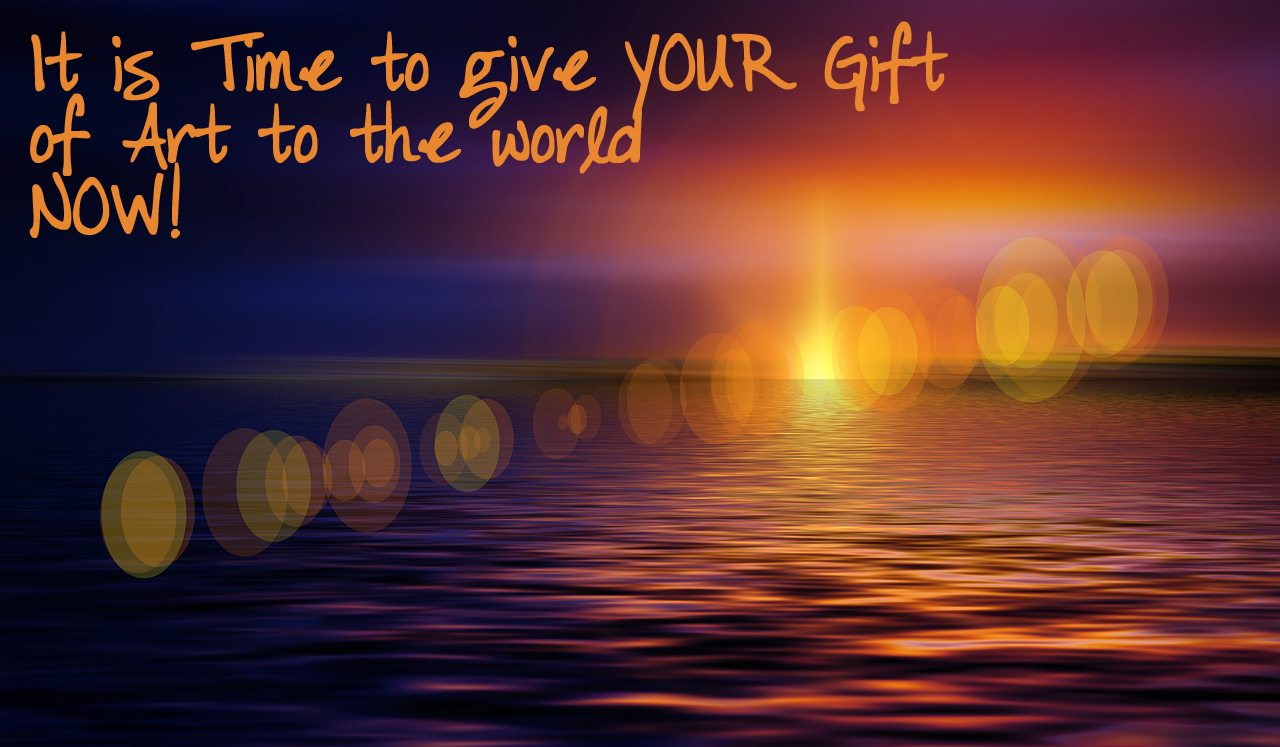
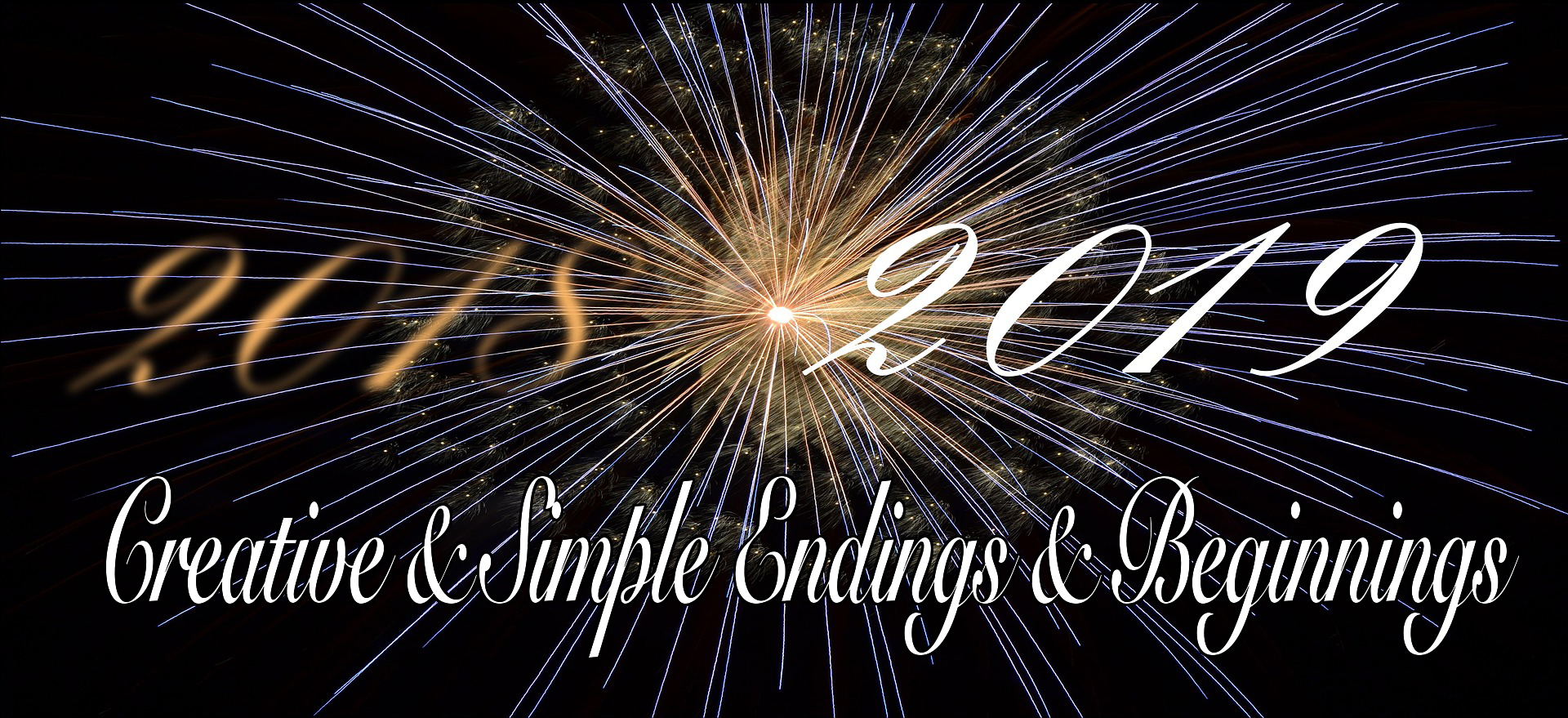
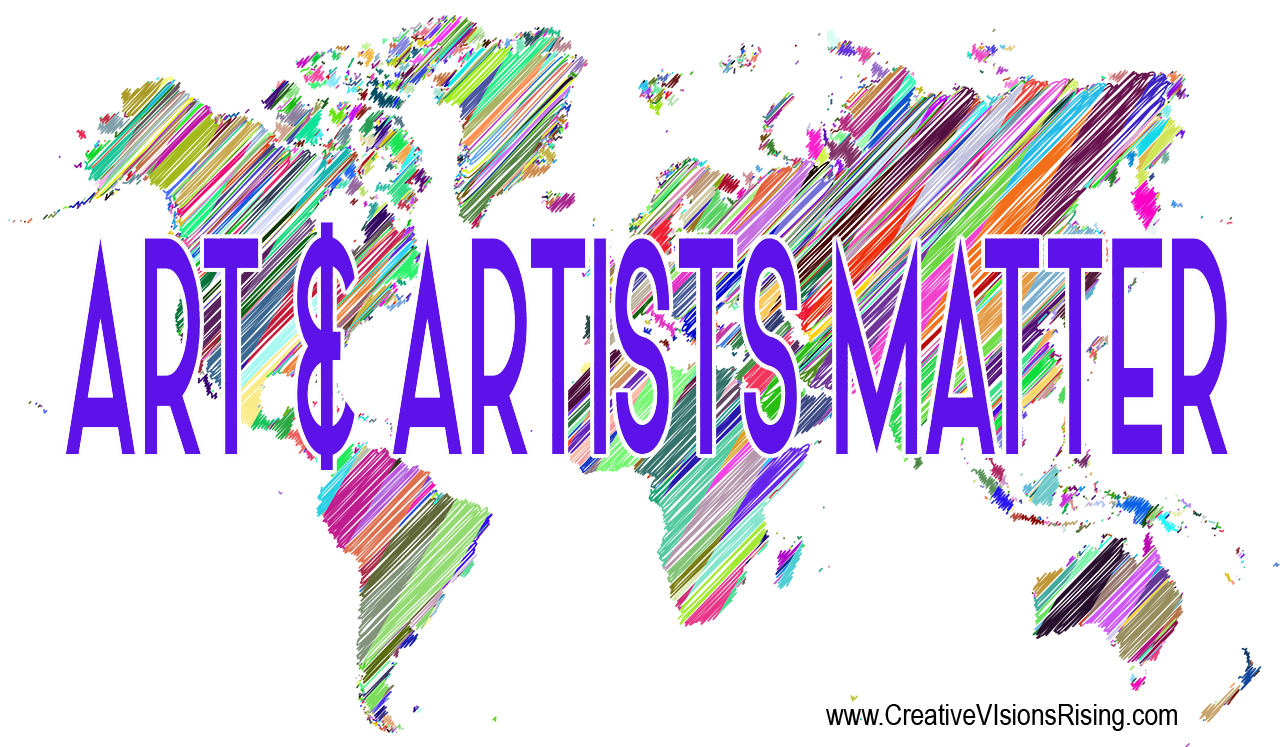
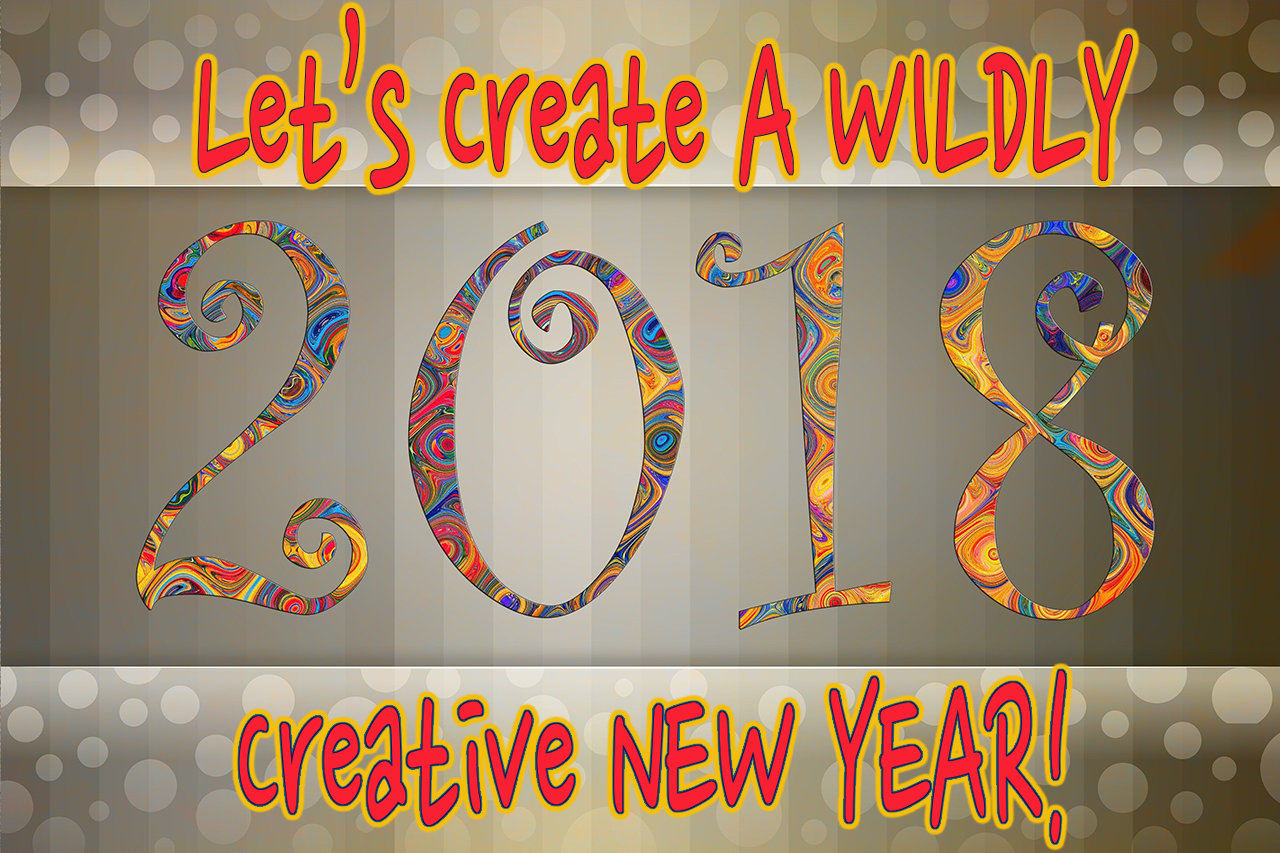
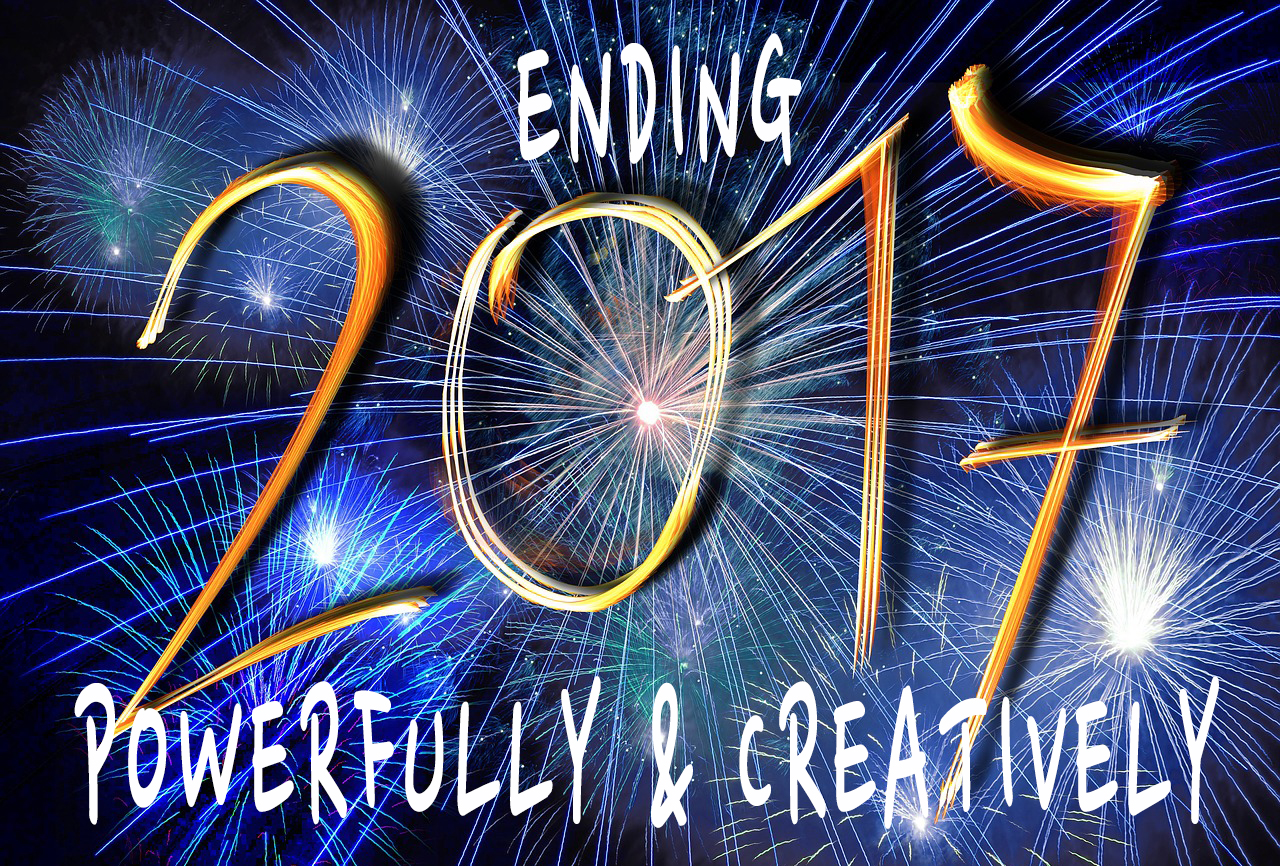
Leave A Comment